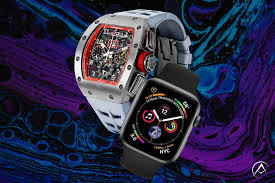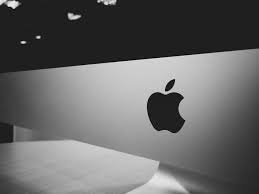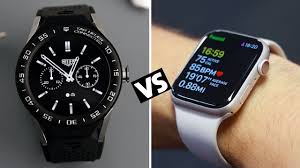
The watch industry has undergone a dramatic shift in the past decade. While luxury mechanical watches once dominated the market, smartwatches have surged in popularity, outselling their high-end counterparts by significant margins. This article explores the key reasons behind this trend, comparing functionality, consumer preferences, and market dynamics that have led to smartwatches becoming the preferred choice for most consumers.
A. The Rise of Smartwatches
Smartwatches have evolved from simple notification devices to powerful mini-computers worn on the wrist. Major players include:
-
Apple Watch – Dominates with ~30% market share
-
Samsung Galaxy Watch – Strong Android alternative
-
Fitbit/Garmin – Popular for fitness tracking
Key Growth Factors:
-
Health & Fitness Tracking – Heart rate, ECG, sleep analysis
-
Smartphone Integration – Calls, messages, apps
-
Affordable Options – Entry-level models under $200
B. The Decline of Luxury Watch Sales
While brands like Rolex, Patek Philippe, and Audemars Piguet remain prestigious, their sales growth has stagnated compared to smartwatches.
Reasons for Slower Growth:
-
High Cost – Most luxury watches start at $5,000+
-
Limited Functionality – Purely mechanical, no smart features
-
Younger Consumers Prefer Tech – Millennials and Gen Z favor gadgets over status symbols
C. Key Reasons Smartwatches Dominate
1. Multi-Functionality
-
Health Monitoring (ECG, SpO2, workout tracking)
-
Productivity Tools (Calendar, reminders, payments)
-
Entertainment (Music, podcasts, apps)
2. Affordability & Accessibility
-
Apple Watch SE ($249) vs Rolex Submariner ($10,000+)
-
Frequent discounts and trade-in options
3. Constant Innovation
-
Yearly updates with new sensors and software
-
Integration with smart home and IoT devices
4. Changing Consumer Priorities
-
Utility > Status – People prefer useful gadgets over jewelry
-
Fitness Culture – Health tracking is a major selling point
D. Luxury Watches: Niche but Not Dead
While smartwatches lead in volume, luxury watches still hold value in:
-
Investment Pieces – Some models appreciate over time
-
Status Symbols – Worn for prestige in business/social circles
-
Craftsmanship Appeal – Mechanical artistry attracts collectors

E. Market Data Comparison
| Metric | Smartwatches | Luxury Watches |
|---|---|---|
| Global Sales (2023) | 150 million units | ~20 million units |
| Revenue | $45 billion | $25 billion |
| Growth Rate | 15% YoY | 3% YoY |
F. Future Outlook
Smartwatch Trends:
-
Advanced Health Sensors (Blood glucose, blood pressure)
-
Longer Battery Life – Weeks instead of days
-
Foldable/Flexible Designs – New form factors
Luxury Watch Adaptations:
-
Hybrid Smartwatches (e.g., TAG Heuer Connected)
-
NFT & Digital Certificates – Enhancing authenticity/resale value
G. Which Should You Buy?
Choose a Smartwatch If:
✔ You want health/fitness tracking
✔ Need smartphone notifications
✔ Prefer frequent tech upgrades
Choose a Luxury Watch If:
✔ You value craftsmanship/heritage
✔ Seek a long-term investment
✔ Want a status symbol

Final Verdict
Smartwatches have won the sales battle due to functionality, affordability, and tech appeal, while luxury watches remain a niche for collectors and elites. The gap will likely widen as smart technology improves further.
Which do you prefer? Share your thoughts in the comments!















